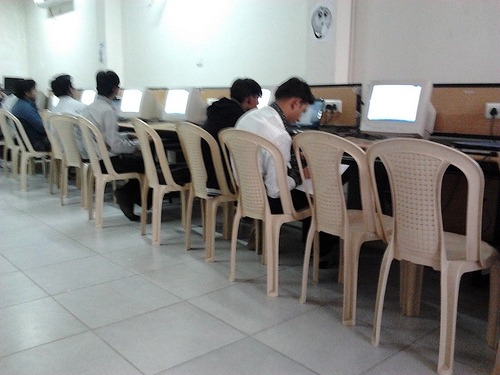
Photo credit: ahmedabadguide on Flickr
Impact Sourcing is an ever-evolving field, with Impact Sourcing Service Providers (ISSPs) consistently learning new lessons. As with any new field, these providers can help newcomers to the field by sharing what they’ve learned during their time in the business process management (BPM) industry.
In part one, we shared four valuable best practices for ISSPs, which include pitching value rather than corporate social responsibility, developing a specialized skillset, building client confidence, and utilizing modern technologies like cloud computing. Part two rounds off this valuable advice by providing three more tips to help ISSPs thrive.
- Seek out rural talent. While many ISSPs set up operations in larger cities, there are many talented workers in rural areas, as well. Many of these workers may be women who are unable to move to more populated areas due to social norms. To help locate this talent, some ISSPs choose a location close to a college and university, where a steady pipeline of talent from both rural and urban areas is often available. Although many ISSPs have found workers in rural areas may have a longer learning curve, they also have less distractions, are more eager to learn, and tend to work harder than their big-city counterparts. ISSPs also experience lower turnover rates with rural workers, who tend to have fewer options than workers located in big cities.
- Seek out urban talent. ISSPs emphasize that urban talent is important, as well. According to ISSPs, urban workers tend to have great communication skills, especially in the English language, as well as being quite savvy. To avoid higher costs associated with urban talent, and stay true to their social mission, some ISSPs have focused their recruitment efforts in urban slums. Community service organizations are able and willing to assist with talent search.
- Set up centers that replicate those found in developed countries. ISSPs have had great luck with setting up centers that are modeled after those in developed countries. The goal is to provide the appearance of a top tier destination no matter where operations reside. Many ISSPs set up operations with power generators and data warehouses for backup recovery.
As a new generation of ISSPs enters the field, hopefully they’ll be able to learn from predecessors. By continuing to expand the notion of outsourcing from urban areas of developing countries to rural areas, ISSPs can find talented workers at affordable prices.
